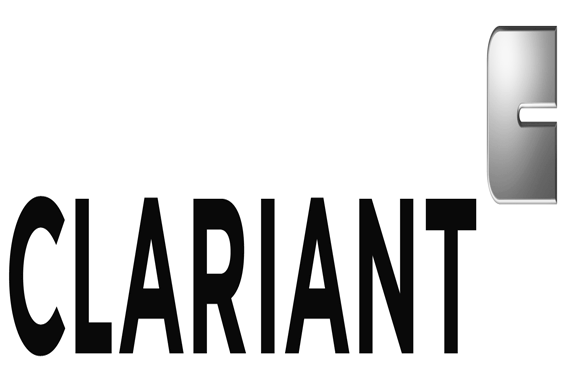
Clariant, a focused and innovative speciality chemical company, extends packaging providers a helping hand to turn consumers’ heads.
A growing desire to be more eco-conscious through recycling and less waste generation is impacting material and format choices.
However, functionality definitely matters too.
Clariant’s support to bring creativity and sustainability together for the industry spans the packaging spectrum of materials and diverse applications.
At ECS 2019, Clariant turns the spotlight onto its natural based alternative for safer, hard-working printing inks for food applications, and publications on enhancing the long-term natural appeal and design possibilities of glass.
All kinds of food packaging and publication inks can benefit from a predominantly-bio-based micronized wax that makes sure they will not rub off.
Ceridust® 8330 stands for high-performance and is predominantly based on a renewable ingredient. It outperforms conventional waxes by providing inks with superior rub resistance properties without the need for PTFE (polytetrafluoroethylene).
Ceridust 8330 brings even more advantage to manufacturers of gravure and flexographic inks, common choices for printing on paper, board and plastic food packaging.
Here, the amount of wax can be reduced by 30-50% without any reduction to the high level of rub resistance.
It adds up to less additive and greater efficiency without compromising on performance.
Carmen Wong, Head of Coatings & Inks Segment Advanced Surface Solutions, BU Additives at Clariant, commented: "Contributing towards sustainability takes many forms.
"Renewable-based ingredients for example, ensuring more efficient and less resource-intensive production, or helping an end-product to keep its high-quality finish for longer to reduce its chances of being disposed of prematurely.
"Supporting the packaging industry is just one aspect of consumer goods where Clariant is working to deliver the next step in sustainable innovation.
"We are proud to support packaging designers and producers with innovations that let creativity unfold and make this industry more sustainable and more environmentally compatible.”
By its very nature, glass is a sustainable choice since it can be recycled infinitely.
Using Clariant’sHostatint® A-100 ST highly-transparent pigment preparations, packaging specialists are developing bottles and containers featuring highly-creative effects, bringing out the brillance of glass and the colour intensity of novel metallic and pearlescent mineral effects.
Unlike dyes, the high weather and light fastness means long-term appeal and no migration or bleeding.
The pigment preparations also have a long shelf-life and are easy and safe to use so manufacturers can benefit from more efficient production.
The beverage industry is also seeing the advantage, using the super high-transparency to introduce eye-catching gold and bronze colored can lids for stand-out products.
The value of pigment preparations extend to other consumer areas too, for example, through metallic effects for decorative glass, computers, smartphones, motorbikes, mountainbikes and helmets.
"Colour styling as a design element of consumer goods is becoming an increasingly important differentiator in these mature markets.
"Adding colour can create extra margin, exceeding by far the added cost of the colored coating.” said Bernhard Stengel-Rutkowski, Senior Global Technical Marketing Manager, BU Pigments at Clariant.




